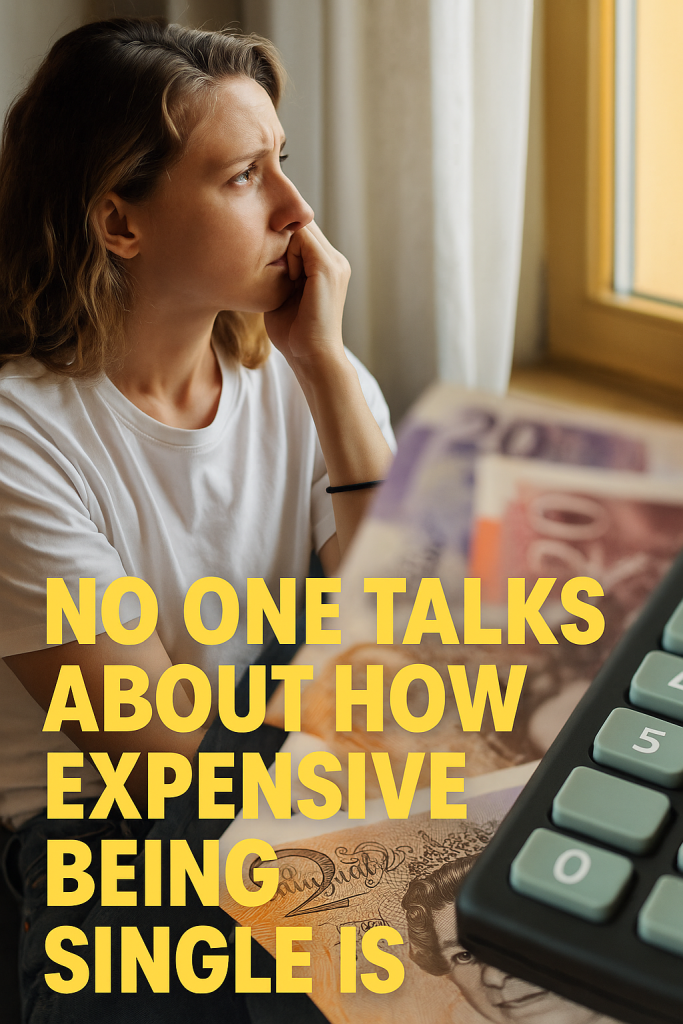A recent viral social media post has sparked an intense conversation across various online platforms about the often-overlooked financial realities of living solo. Titled with the provocative statement, “No one talks about how expensive being single is,” the post sheds light on the escalating costs associated with maintaining a single-person household in 2024, stirring debate among millennials, Gen Z, and beyond.
The post quickly gained traction for its candid take on the solo cost of living—pointing out that many day-to-day expenses can become disproportionately burdensome when there isn’t a partner to share the financial load.
Key issues raised include rent, utilities, and basic necessities. For example, while couples or roommates often split rent and utility bills, single individuals bear these costs alone. This effect becomes starkly visible in metropolitan areas where soaring housing prices dominate monthly budgets. According to recent economic data, the average rent for a one-bedroom apartment has increased by over 7% in many major cities this year alone, outpacing wage growth and creating a significant strain for solo residents.
The conversation also touched on food expenses and household essentials. Buying groceries or household items in bulk can be cheaper per unit, but single people often pay more per unit due to smaller quantities. Additionally, subscription services, insurance, and even incidental costs like transportation and dining out add up without the economic efficiencies of sharing.
Experts weighing in on the debate highlight that the cost disparity extends beyond just finances. There’s an emotional and psychological toll linked to feelings of isolation, which sometimes translates into higher spending to compensate for social needs—like frequently dining out, attending events, or investing in self-care products.
Social commentators and economists agree this viral discussion has unveiled a nuanced issue. While much public discourse and financial advice focus on building households or couples’ budgets, the reality for millions living solo is markedly different and increasingly costly. This topic raises important questions about how housing markets, social support systems, and urban policies address the diverse living arrangements in modern society.
Public reaction has been mixed but broadly empathetic. Some applaud the post for voicing an “invisible” struggle, calling for more awareness and potential reforms, including incentives for single renters and policy adjustments to help single-income households thrive. Others caution against framing solo living as purely a financial burden, emphasizing the value of independence and personal choice.
The viral nature of the post reveals a broader societal trend: as marriage and cohabitation rates decline in many regions, understanding the economics of solo living becomes increasingly relevant. Financial advisors are now recommending that singles be more proactive about budgeting and seek resources tailored to their unique challenges.
In summary, this viral social media moment has opened a vital dialogue on the unseen costs of being single today. As the discussion continues, it may pave the way for more inclusive financial strategies and a deeper recognition that living solo in 2024 often means navigating a cost landscape that’s far from simple or cheap.



